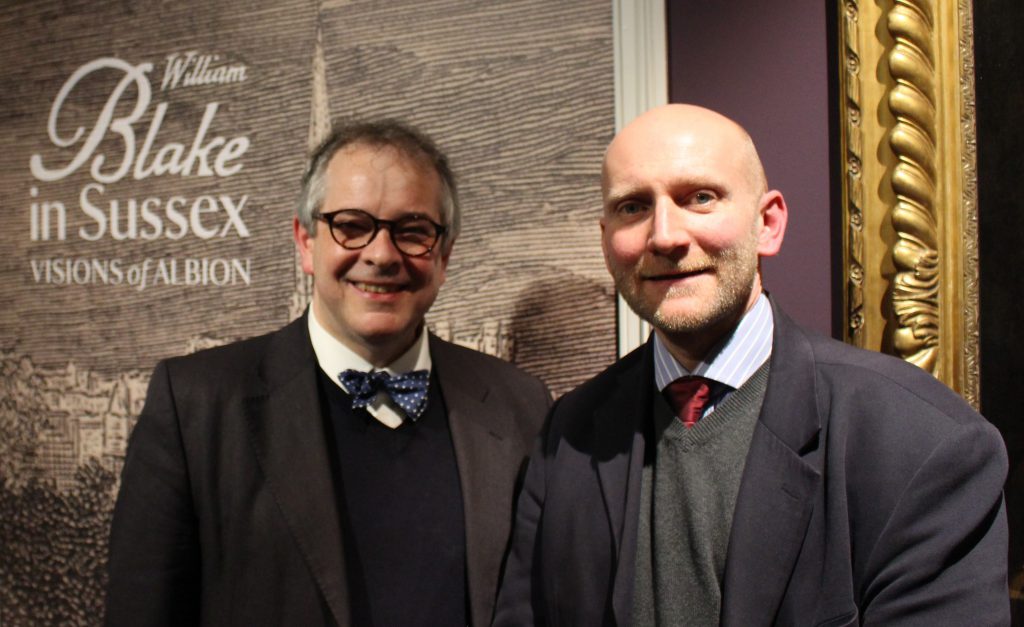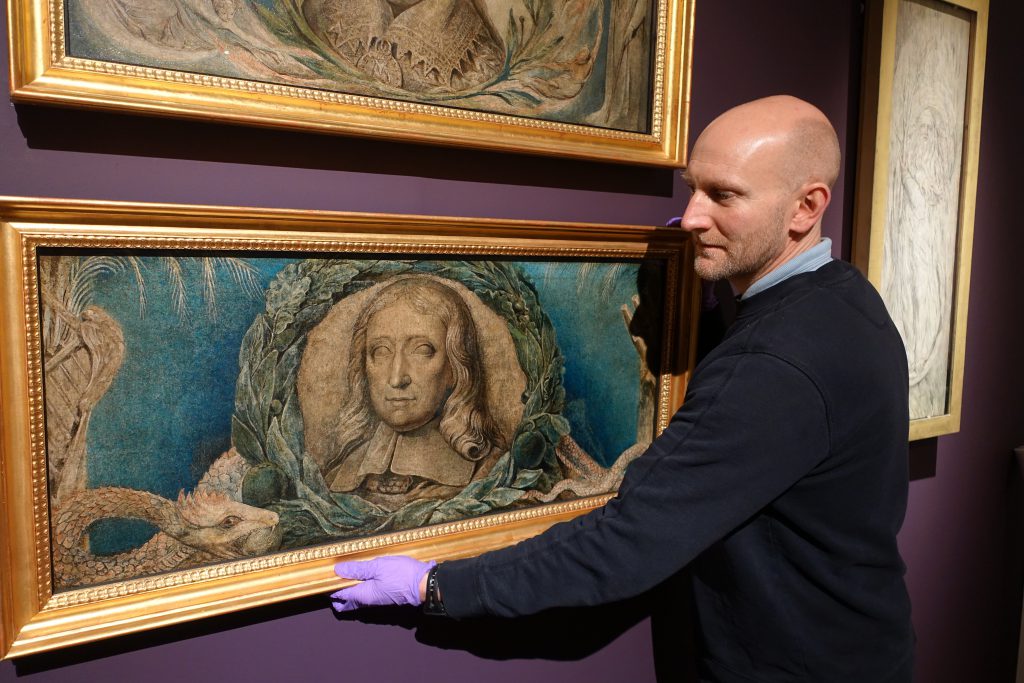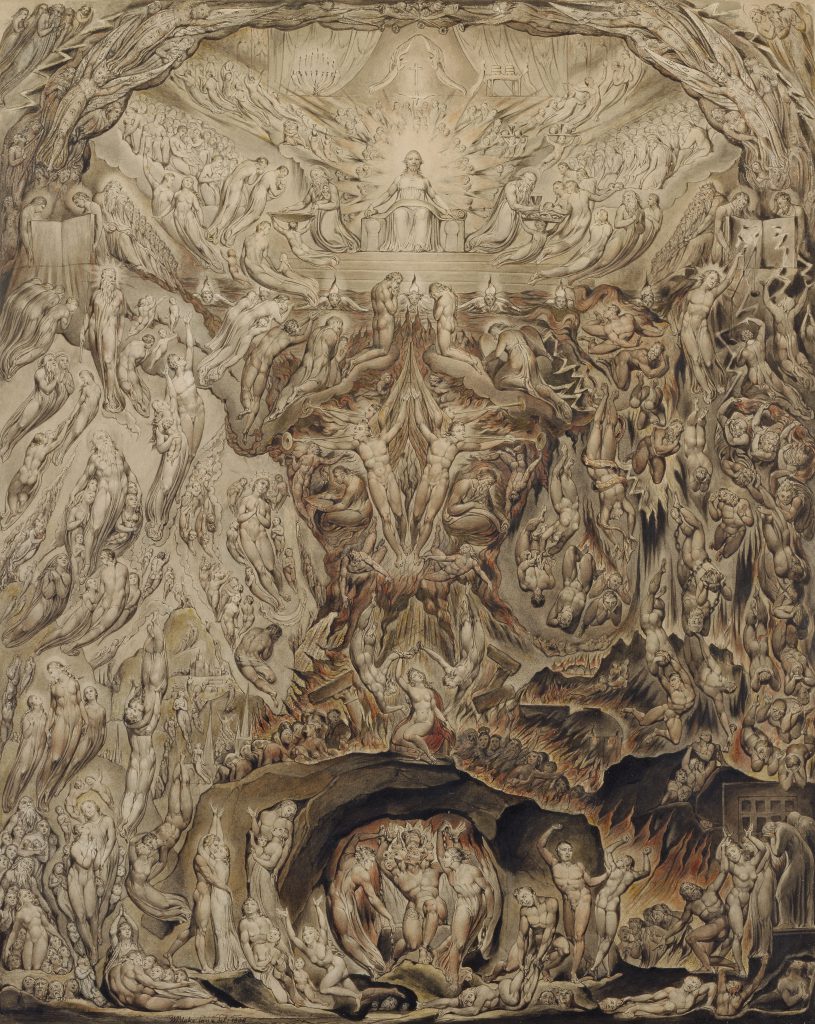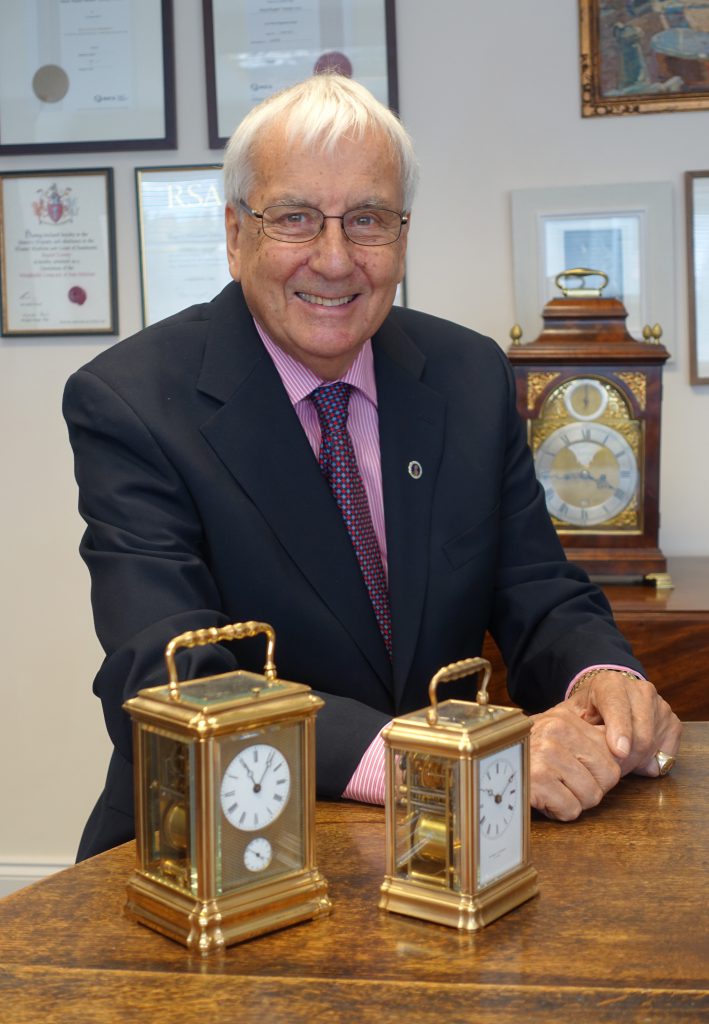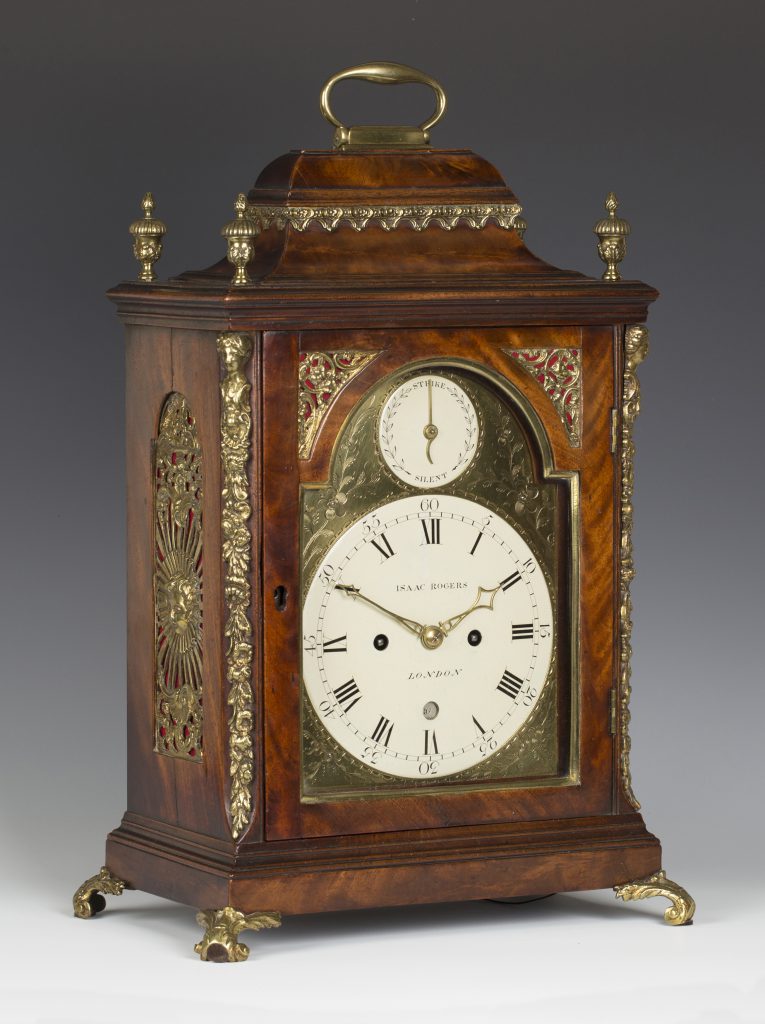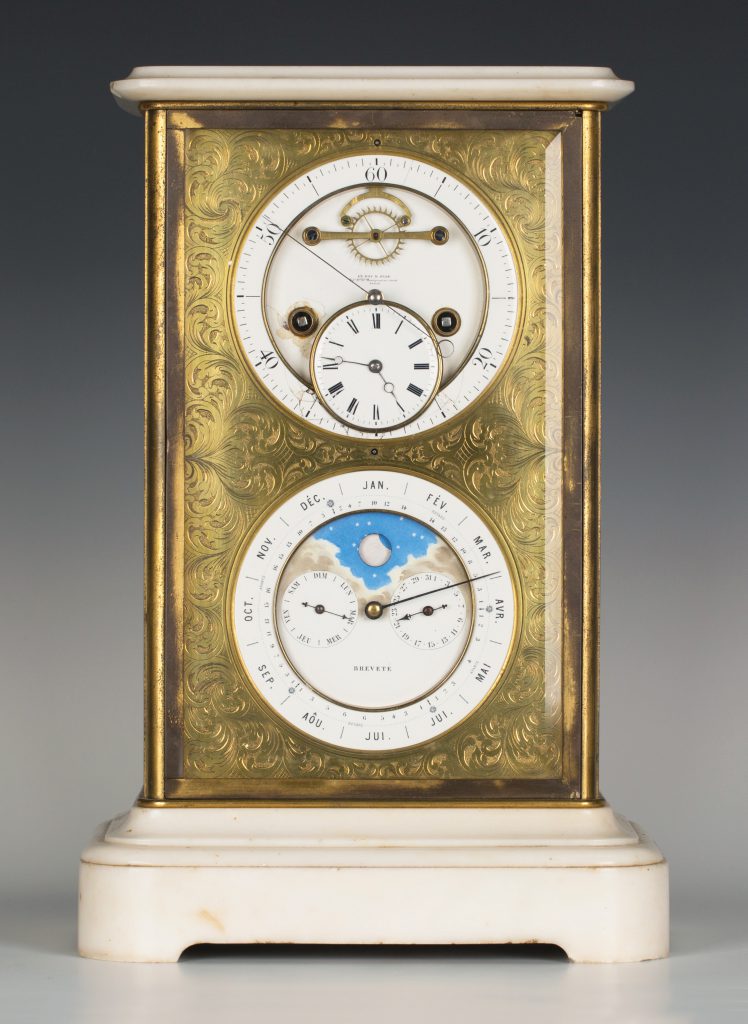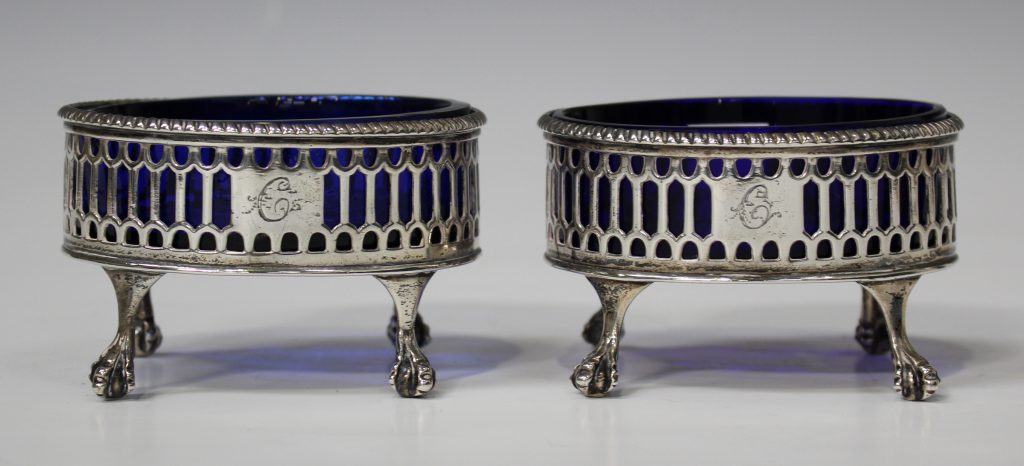
The Adam style provided a very British, joyful interpretation of Neo-Classicism which is encompassed by the work of the Georgian silversmith, Robert Hennell I (1741–1811).
The Hennell dynasty of silversmiths was founded by Robert’s father, David Hennell I (1712-85). David registered his maker’s mark in 1736 and his domestic silver was often defined by the use of understated Rococo ornament.
In 1763 father and son registered a joint mark.
Robert Hennell I made handsome pieces in the Neo-Classical Adam style.
Neo-Classicism was made fashionable in Britain in the 1760s by the work of the celebrated British architect, interior decorator and designer Robert Adam (1728-92) in partnership with his brother James (1732-94). The Adam style interpreted Neo-Classicism with lightness and delicacy, employing geometric forms and the grammar of architectural ornament from the classical antiquity of Greece and Rome.
The Adam style is apparent in the clean lines and proportions of the pair of George III silver oval salts with their pierced sides and gadrooned rims, on claw and ball feet. They were assayed in London in 1768 and bear the joint mark of David and Robert Hennell I.
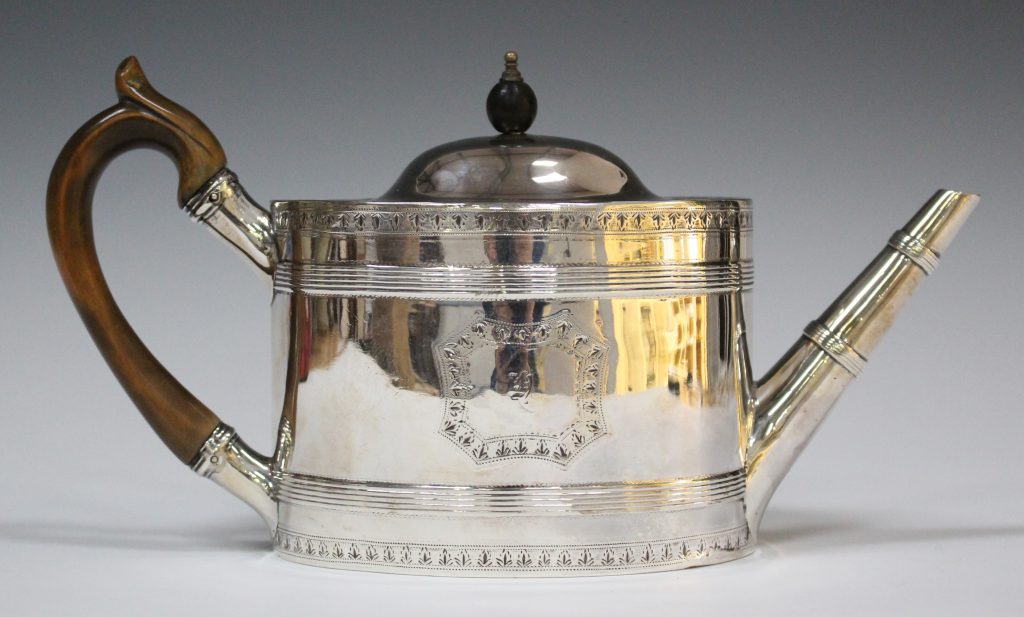
The influence of the Adam style can also be seen in the geometric oval form of the George III silver teapot. The engraving on each side with its floral garland cartouche and border is classically inspired. I love the proportion and restrained delicacy of the decoration of this elegant teapot. It bears the mark of Robert Hennell I and was assayed in London 1791.
Robert Hennell and his sons, David (1767-1829) and Samuel (1778-1837), worked together using joint marks. David Hennell II retired in 1802 leaving his father and Samuel in partnership.
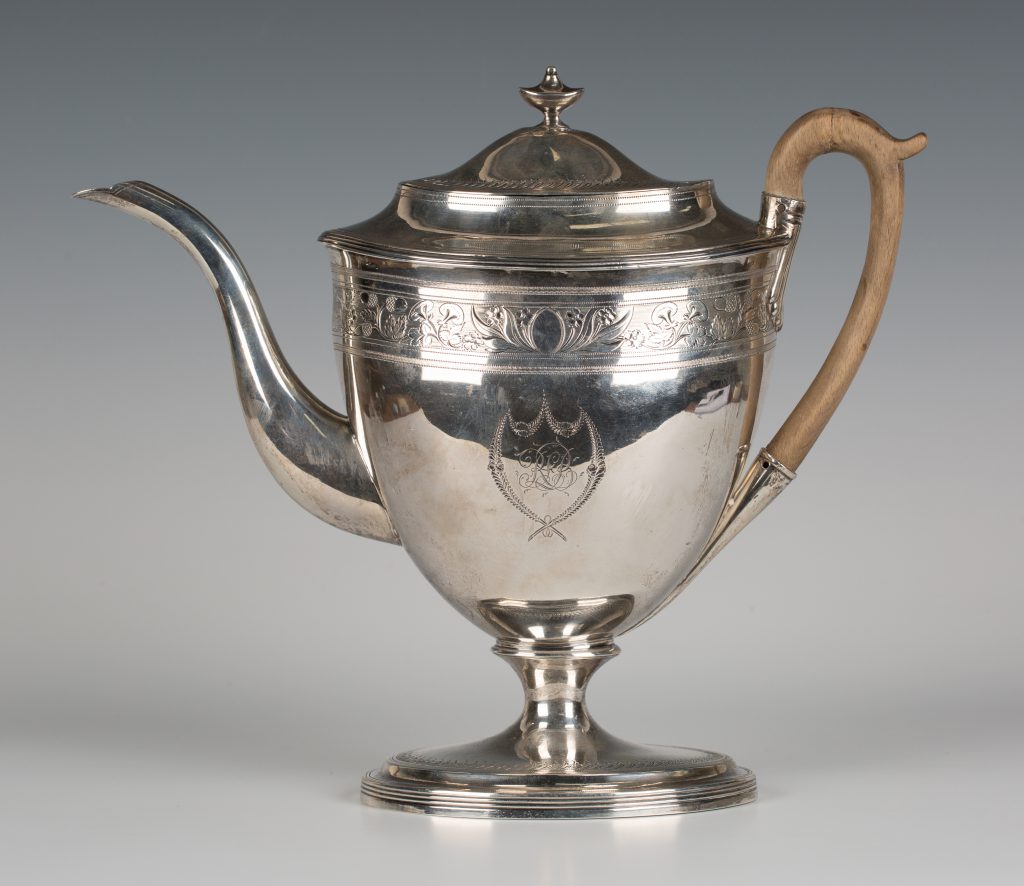
The George III silver coffee pot was assayed in London in 1800 and bears the joint maker’s mark of Robert Hennell I & David Hennell II. The urn form of the oval body is again in the Adam style. It is engraved with a classical foliate band and opposing shield shaped cartouche. The proportion and decoration of the coffee pot are beautiful.
All these examples were sold in Toovey’s specialist silver auctions. Tom Rowsell, head of Toovey’s silver department, is always pleased to discuss your collection whether you looking to sell or acquire pieces and can be contacted by telephoning 01903 891955.
It seems that we still love to lay our tables with fine silver and silver is one of today’s boom collectors’ markets. Examples of Robert Hennell’s work are highly sort after and pieces like those illustrated could be purchased for between £200 and £1000 at auction. Perhaps you too will be beguiled by the Adam-style and quality of Robert Hennell’s work!
By Rupert Toovey, a senior director of Toovey’s, the leading fine art auction house in West Sussex, based on the A24 at Washington. Originally published in the West Sussex Gazette.
